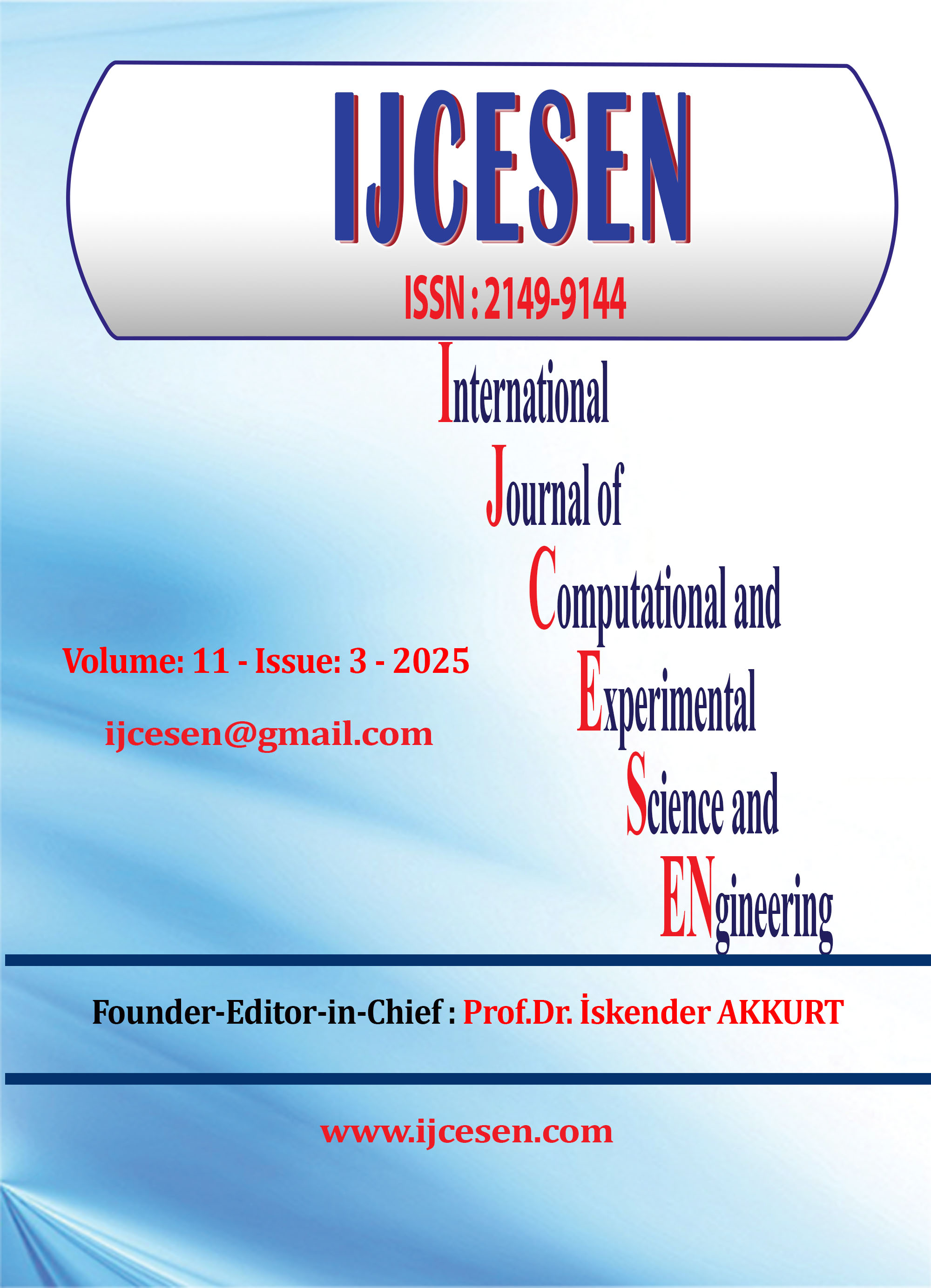AI-Driven Data Automated Auditing and Governance Frameworks for Enterprise Data Engineering
DOI:
https://doi.org/10.22399/ijcesen.3758Keywords:
AI-driven data governance, Automated data auditing, Enterprise data engineering, Machine learning in compliance, Data quality and lineage trackingAbstract
With the challenges of large-scale data evolving and enterprises battling with the complexities of the big-data ecosystem, there is growing urgency in the end-to-end intelligent and automated data auditing and governance systems. The conventional governance arrangements have been relatively inelastic, rigid, and unaware, which makes them inadequate to deal with changing and nonhomogeneous data spaces. This review is an insight into how artificial intelligence (AI) overhauls the prospect of next-gen data governance and auditing in enterprise data engineering. AI-enabled systems deliver ongoing quality, lineage, policy enforcement, and regulatory compliance by using machine learning, natural language processing, and knowledge graph technology to examine metadata and data lineages and the policies associated with them. These technologies improve decision making, cut down any human error, and provide an opportunity to predict anomalies in data and risks of accessing information. The article addresses the use of predictive auditing, automation of the interpretation of policies, and context-aware access control enabled by AI. It also lists some of the critical implementation issues as biased data, the explainability of the models, and the intricacy of involving the system. Moreover, the review details the role that federated and reinforcement learning play in the context of safe and flexible governance of distributed systems. With the introduction of AI and data governance together, the future of enterprise data engineering is bringing the missing pieces of transparency, compliance, and operational resilience. The paper summarizes the existing studies and provides a guideline for implementing AI-driven governance architectures to achieve sustainable, compliant, and efficient data management behaviors.
References
[1] Wamba-Taguimdje, S. L., Wamba, S. F., Kamdjoug, J. R. K., & Wanko, C. E. T. (2020). Influence of artificial intelligence (AI) on firm performance: the business value of AI-based transformation projects. Business process management journal, 26(7), 1893-1924.
[2] Zarsky, T. Z. (2016). Incompatible: The GDPR in the age of big data. Seton Hall L. Rev., 47, 995.
[3] Shollo, A., & Galliers, R. D. (2016). Towards an understanding of the role of business intelligence systems in organisational knowing. Information Systems Journal, 26(4), 339-367.
[4] Kandolo, W. (2024). Ensuring ai data access control in rdbms: A comprehensive review. In Proceedings of the IEEE/CVF Conference on Computer Vision and Pattern Recognition (pp. 8400-8407).
[5] Malik, N., & Malik, S. K. (2020). Using IoT and semantic web technologies for healthcare and medical sector. Ontology‐based information retrieval for healthcare systems, 91-115.
[6] Haug, A., Zachariassen, F., & Van Liempd, D. (2011). The costs of poor data quality. Journal of Industrial Engineering and Management (JIEM), 4(2), 168-193.
[7] Otto, B. (2011). A morphology of the organisation of data governance.
[8] Dong, X. L., & Srivastava, D. (2015). Big data integration. Morgan & Claypool Publishers.
[9] Ehrlinger, L., & Wöß, W. (2016). Towards a definition of knowledge graphs. SEMANTiCS (Posters, Demos, SuCCESS), 48(1-4), 2.
[10] Yang, Q., Liu, Y., Chen, T., & Tong, Y. (2019). Federated machine learning: Concept and applications. ACM Transactions on Intelligent Systems and Technology (TIST), 10(2), 1-19.
[11] Panigrahi, S., Nanda, A., & Swarnkar, T. (2020). A survey on transfer learning. In Intelligent and Cloud Computing: Proceedings of ICICC 2019, Volume 1 (pp. 781-789). Singapore: Springer Singapore.
[12] Mehrabi, N., Morstatter, F., Saxena, N., Lerman, K., & Galstyan, A. (2021). A survey on bias and fairness in machine learning. ACM computing surveys (CSUR), 54(6), 1-35.
[13] Ribeiro, M. T., Singh, S., & Guestrin, C. (2016, August). " Why should i trust you?" Explaining the predictions of any classifier. In Proceedings of the 22nd ACM SIGKDD international conference on knowledge discovery and data mining (pp. 1135-1144).
[14] Lakarasu, P. (2022). AI-Driven Data Engineering: Automating Data Quality, Lineage, And Transformation In Cloud-Scale Platforms. Lineage, and Transformation in Cloud-scale Platforms (December 10, 2022).
[15] Gudepu, B. K., & Eichler, R. (2024). The Role of AI in Enhancing Data Governance Strategies. International Journal of Acta Informatica, 3(1), 169-187.
[16] Prasad, N., & Paripati, L. K. (2020). AI-driven data governance framework for cloud-based data analytics. Webology (ISSN: 1735-188X), 17(2).
[17] Onoja, J. P., Hamza, O., Collins, A., Chibunna, U. B., Eweja, A., & Daraojimba, A. I. (2021). Digital transformation and data governance: Strategies for regulatory compliance and secure AI-driven business operations. J. Front. Multidiscip. Res, 2(1), 43-55.
[18] Galla, E. P., Kuraku, C., Gollangi, H. K., Sunkara, J. R., & Madhavaram, C. R. AI-DRIVEN DATA ENGINEERING TRANSFORMING BIG DATA INTO ACTIONABLE INSIGHT. JEC PUBLICATION.
[19] Paleti, S. (2024). Data Engineering for AI-Powered Compliance: A New Paradigm in Banking Risk Management. European Advanced Journal for Science & Engineering (EAJSE)-p-ISSN 3050-9696 en e-ISSN 3050-970X, 2(1).
[20] Potdar, A. (2024). AI-Based Big Data Governance Frameworks for Secure and Compliant Data Processing. International Journal of Artificial Intelligence, Data Science, and Machine Learning, 5(4), 72-80.
Downloads
Published
How to Cite
Issue
Section
License
Copyright (c) 2025 International Journal of Computational and Experimental Science and Engineering

This work is licensed under a Creative Commons Attribution 4.0 International License.





